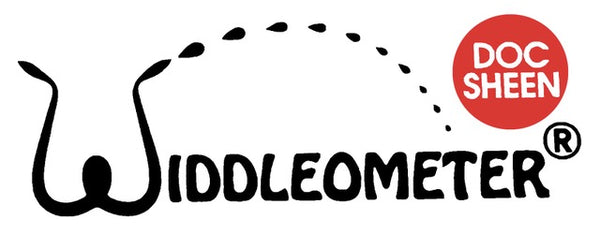Live Longer and Live Better: Bone Health and Exercise
Living longer seems to be one of the amazing benefits of modern medicine. According to the Australian Bureau of Statistics, Australians enjoy one of the highest life expectancies in the world. But not only do we want to live longer, we want to enjoy living longer. Maximising our fitness and health is the best way to do that.
Not everyone is blessed with good health in older age. There is no doubt that having good genes is a great start; we are born with our genes and there is not much we can do about them.
Thankfully, there are several preventative measures you can take to improve your health regardless of whether your genetics are kind to you or not, however, it is always you who must take the first step.
What are the risks of poor bone health?
One part of the body that is often neglected are the bones. Often the first time we notice poor bone health is when our bones break or wear out, which is sometimes accompanied with painful arthritis.
If you trip over and land on an outstretched hand, you can fracture your wrist. This is known by the exciting sounding medical acronym FOOSH, which stands for Fall On Outstretched Hand. Just under 20% of fractures in an Emergency Department are these type of injuries.
As we age, fractures of the hip are another common bone injury. There are over 19,000 hip fractures in Australia every year. Every one of them can result in further complications and affect our overall health.
The good news is that there are small changes you can make on a daily basis to increase your health. The most important is daily exercise.
In 2011, The Lancet published a study noting that even just 15 minutes of physical activity per day could extend your life expectancy, with even greater benefits if that’s extended to 30 minutes a day.
What exercise should you be doing to improve your bones?
Bones respond best to weight-bearing exercise, as they like to be made to work. Just as muscles grow when they are put under pressure, bones become stronger. Resistance and strength training in short, strong bursts are the best ways to support bone health.
Swimming is great for your lungs and heart, and is fantastic for strengthening your muscles because your bones and joints are not stressed. This means that the effect of swimming on your bones is not as significant because the body is not carrying its own weight.
Walking is another great daily habit to improve your lung and heart health, but it does not appear to improve bone mass on its own. However, it is worth noting that consistent walking does limit progressive bone loss.
How else can you support your bone health?
Bones need Vitamin D. It is astounding how many people are relatively vitamin D deficient. Severe deficiency is very unlikely in a country with lots of sunshine like Australia, but even with the sunshine, many Australians have low Vitamin D levels. It is easy to have them checked with a blood test.
Many people take Vitamin D supplements, and it is also possible to have a Vitamin D injection which lasts about a year. This stops the need for daily capsules or tablets and ends up being quite a bit cheaper.
Calcium is also very important, and most people should be getting an adequate intake through their diet, particularly if they are eating dairy foods.
Taking extra calcium has little effect unless your diet is low in calcium-rich foods such as cheese, milk and yoghurt. If the body does not need the extra calcium, it will not be stored, but rather passed out through the kidneys.
Think about your bones and look after them.
Dr Adrian Sheen
Inventor of the WIDDLEOMETER®

